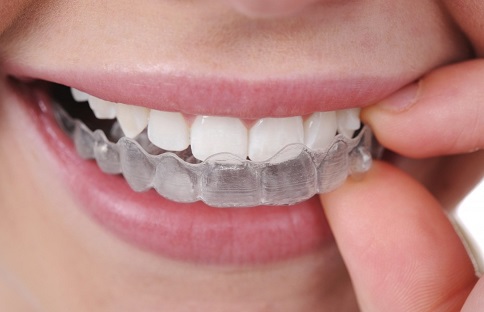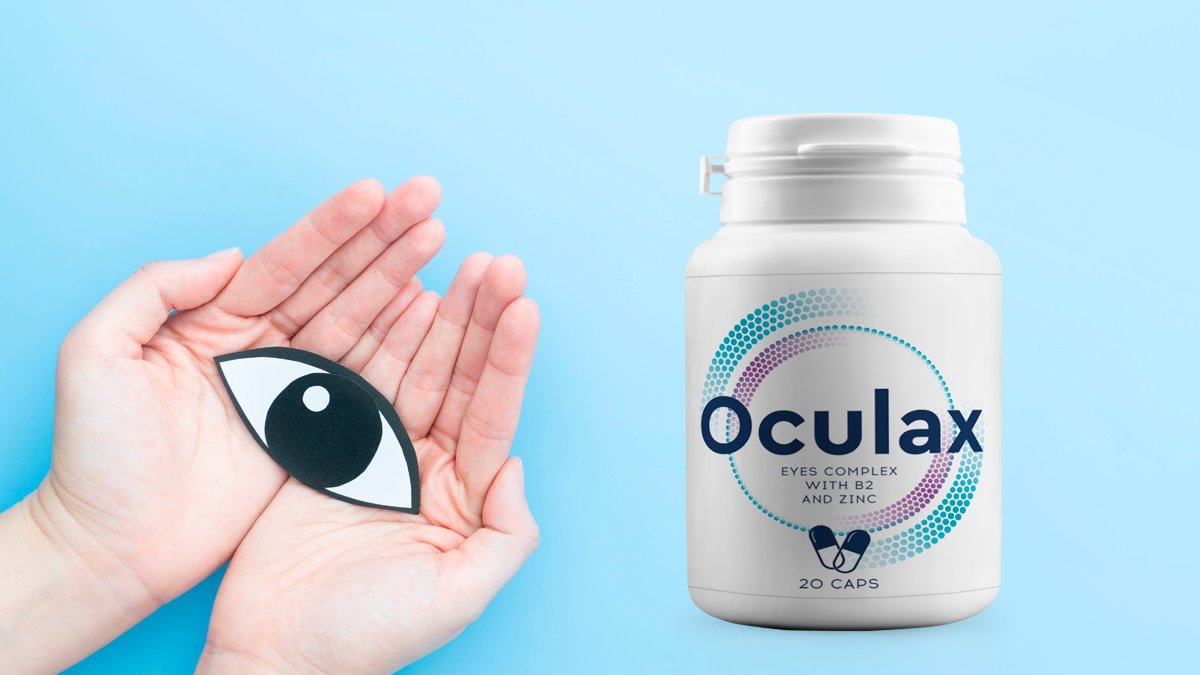In recent years, there are many people go with Invisible Braces. This is the best option to straighten teeth.
People want to improve their smile without any physical discomfort, brackets, and the wires. In this case, Invisible Braces can be the best ally.
Here we will learn why should you go with invisible braces?
What are invisible braces?
It is the practically invisible way to correct the teeth. It is based on invisible orthodontics where it is scarcely appreciated that treatment of aluminum rings and brackets is being carried out, thus becoming more aesthetic when talking or smiling.
Transparent aligners replace traditional brackets. The effectiveness of the result lies in the combination between traditional and invisible aligners thus reducing the duration of treatment and guaranteeing the best guarantees.
This causes an improvement of the self-esteem and the physical confidence, the invisible apparatuses offer an aesthetic alternative and hardly visible to the apparatuses of wire or conventional supports. In some cases, the dentist suggests going with lingual braces which brackets on the inner sides of the teeth.
Also Read: Pediatric Dentistry 101: What Does a Pediatric Dentist Do?
The invisible braces are barely visible to others compared to braces and braces with metal orthodontics. The invisible aligners are generally quite comfortable. This product is made of implantable polyurethane that is made of light hard plastic and has been prefabricated by aligning technology to give the dentist small adjustments and thus it controls the correction of the teeth.
Why should you go with invisible braces?
The main advantage in the use of invisible appliances is their aesthetic value. These aligners are completely transparent, which makes them less noticeable than traditional devices and wire supports.
Since it is removable, you can eat more comfortably, without the discomfort during the consumption of food with metal appliances. Clinically, Invisalign decreases the chance of gum problems that result often in metal appliances over time, including tooth decay.
- Tooth protection:
The integrity of the dental arches is maintained compromised by bruxism and grinding of the teeth, which cause injury and damage to their enamel.
Also, it helps to mitigate the problems created by chewing in a dental arch affected by a disease, since during the chewing action the pressure that is created from the lower arch to the upper one can cause pain and inflammation of the gums.
- Posture:
In the case of malocclusion, the dental braces help to restore the correct alignment of the teeth, favoring the correct posture of the vertebrae. Although it may seem strange, the posture of every human being is conditioned by the head and muscles of mastication and the neck, which are closely related to each other and interact directly with the musculature of the shoulders.
This is why an interference of dental occlusion is capable of damaging the posture resulting in a muscular imbalance and a lower motor performance.
- Orthodontic appliance:
Very often the dental braces are used after wearing an orthodontic appliance to maintain the results obtained with the use of the latter over time. It is used to prevent the so-called orthodontic recurrence that is the disappearance of all the results obtained by returning to the present situation before using the device with crooked teeth.
To prevent a recurrence, the braces should initially be worn day and night and then only at night but consistently for a period that varies from several months to some years depending on the severity.
- Headache:
The use of the braces helps the facial and neck muscles not to make excessive efforts during grinding, protecting them from muscle-tensive headaches, vertigo and the onset of the cervical spine.
How to take care of the braces?
In the same way as the orthodontic appliance, the braces need careful and daily cleaning to last longer and not incur germs. The cleaning of the braces is done by wetting it in a solution consisting of two parts of mouthwash and one of water, then the appliance is rubbed with a manual toothbrush, at the moment in which foam is formed it means that the braces are disinfected.
Afterward, it must be rinsed and left to dry. In addition to the daily cleaning just described, every 15 days there is a need for deeper cleaning by immersing the dental braces in a glass containing mouthwash, water and a spoonful of bicarbonate.









